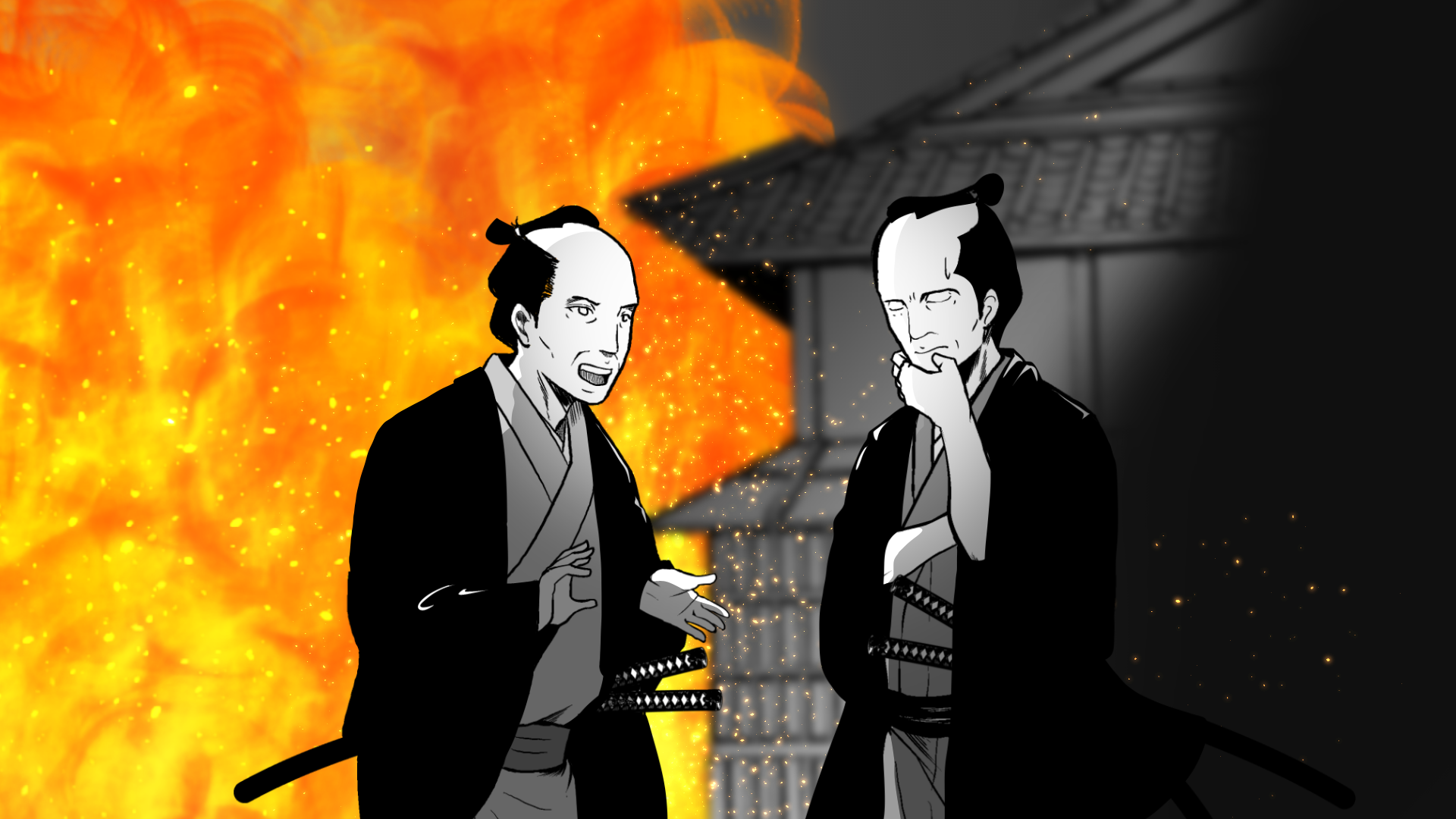Kodenmacho Prison Exhibition Hall, Nihonbashi-kodenmacho, Chuo ward
The Decision of Tatewaki Ishide That Saved the Prisoners from the Fire
As the fire engulfs the prison, a decision must be made whether to release the prisoners or not...

(Voice actor) Mr.David Radtke

In Nihonbashi-Kodenmacho, Chuo ward, Tokyo, there used to be a prison to incarcerate criminals. It was big enough to hold 300-400 people. This prison of Kodenmacho was used throughout the Edo period during which the Tokugawa shogun family ruled. It was still used when the Edo period ended and the Meiji period began, remaining a prison until 1875. It was a time that the concept of modern criminal code was not yet introduced, so the nature of this prison was to hold prisoners still on trial, and at the same time, acted as a detention center to contain death-row inmates. On one corner of this prison, actual executions were carried out. Therefore, there were a variety of prisoners from those waiting trial for minor offences to vicious criminals already sentenced to death. Now, fires broke out frequently in Edo. Japanese buildings were made primarily of wood, so they were vulnerable to fire. In 1601, just when the town of Edo was starting to flourish, a fire broke out and most of the town was destroyed. Also, a fire that broke out in 1631 was a disaster that resulted in over 400 deaths. From 1601 to the end of the Tokugawa regime in 1868, there were 49 massive fires and 1,798 total, including small ones. This number is notable compared to other cities such as Kyoto or Osaka. It was even said that “Fire and brawls are Edo’s flowers.” The Kodenmacho prison had suffered damage from big fires too. The first one was in 1653. The fire that broke out intermittently in Hongo, Koishigawa, and Kojimachi gradually spread and developed into a big fire that burned down the majority of Edo. It was during this fire that the Edo castle’s tower burned down. The death total is said to have reached 100,000 people and is known as the biggest fire in the Edo period (in Japan, it is called the Great fire of Meireki, or Furisode Fire). This fire came close to the Kodenmacho prison. A fire too big to extinguish was about to swallow the whole town. At this time, Tatewaki Ishide, who was managing the prison, fraught over whether to release the prisoners or not. There were vicious criminals already sentenced to death among the the incarcerated. If he released them in the midst of this chaos caused by the fire, there was no telling what sort of crimes would be committed. To avoid the inconvenience of releasing the prisoners, they had to remain in the prison. That would mean that all prisoners would be burned to death. At the same time, there were also prisoners held for light crimes. Their sentences would be carried out as soon as their trials were over, but some were allowed to go back to their families after one day. Is it okay to leave the prisoners, who would go back to town and live again in the future, to die? Even while he was thinking, the fire was inching closer to Kodenmacho. What was the decision that Tatewaki Ishide made?
"100 hidden stories of Tokyo" Application Download
Caution
This app contains in-app purchases.
Please note that packet data fees will be charged separately.



